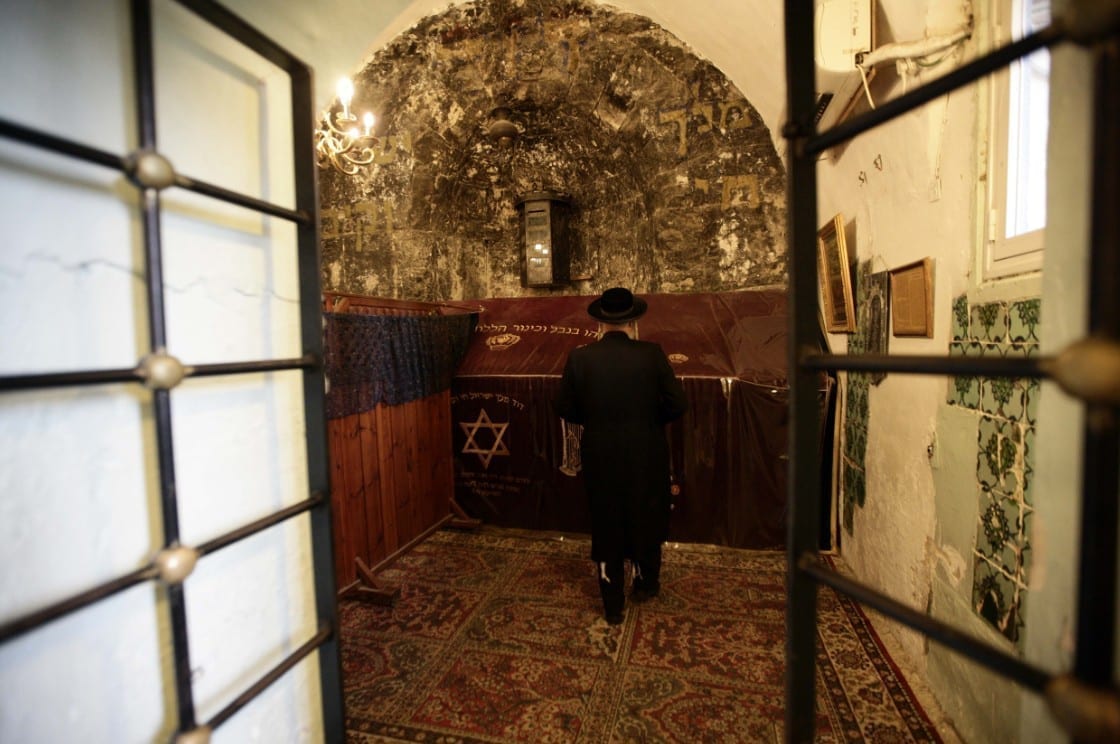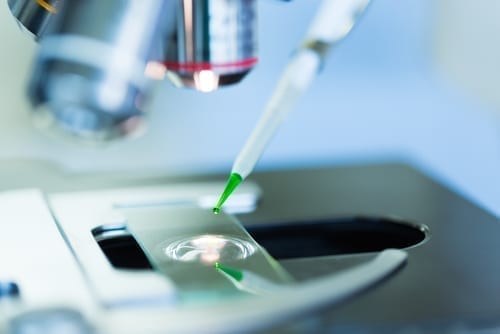Nine bronze coins from the Byzantium Era were found in archeological digs as part of the highway one expansion funded by Netivei Yisrael right near Ein Hemed. The coins have the images of three Byzantium ceasars; Justinian, Mauritius and Phocas. The coins were adorned with the image of these caesars decorated in military regalia and carrying crosses. On the flip side of the coin was the value of the coin, usually an ‘M’ meaning 100 in Roman numerals.
Annette Landes-Nagar who is the ministry of antiquities digging supervisor explained that ;”The coins were found right next to a building under a pile of fallen stones. It seems the owner of the coins placed them in a cloth pouch in a hidden niche in the wall during a time of danger hoping to come get them afterwards. Today we know he didn’t.”
“The find tells us about the end of the site”, Landes-Nagar added. “The historical background of hiding the coins was probably the Persian Sassanian invasion in the year 614. This invasion brought about the end of the rule of the Byzantium Caesars in the holy land.”
In the shadow of the invasion the people living here sensing the impending danger, hid their money close to walls hoping to come home after the disturbances end. They didn’t come home.
The site was abandoned, destroyed and eventually buried. It became part of the system of terraces common in this region.
The building and the press near it are part of a larger site that actually runs across what is now the highway. Research of the site shows that it is probably the ancient town called ‘Ein Bikumkuba’ which the Arab name Beit Nequfa was based on. This site lies beside the main road from Jerusalem to the coast which the crusaders had used to reach Jerusalem. Along the whole length of the road villages and travel stops cropped up in that era.
Yehuda District Archeologist Dr. Amit Shedman says: “The Antiquities ministry and the Netivei Yisrael company will work together to make sure the site remains a point of interest in the scenery along highway one.”





